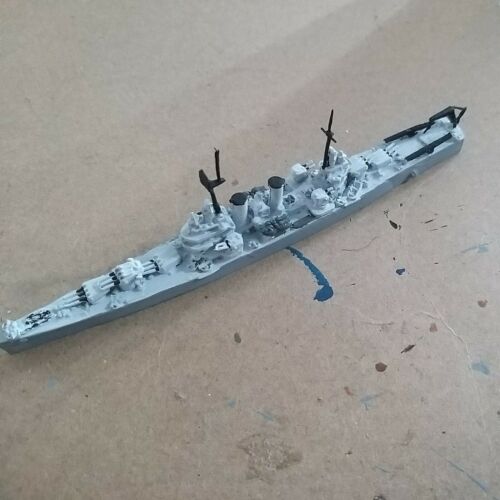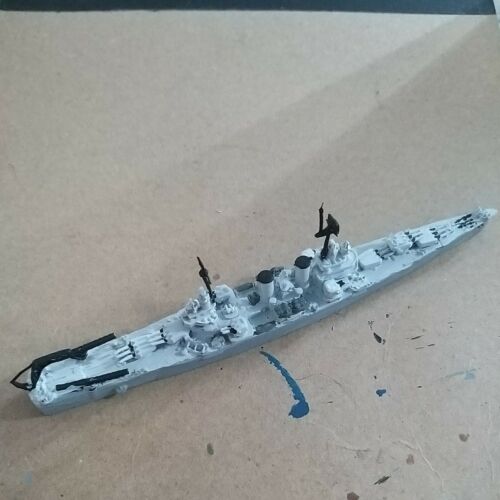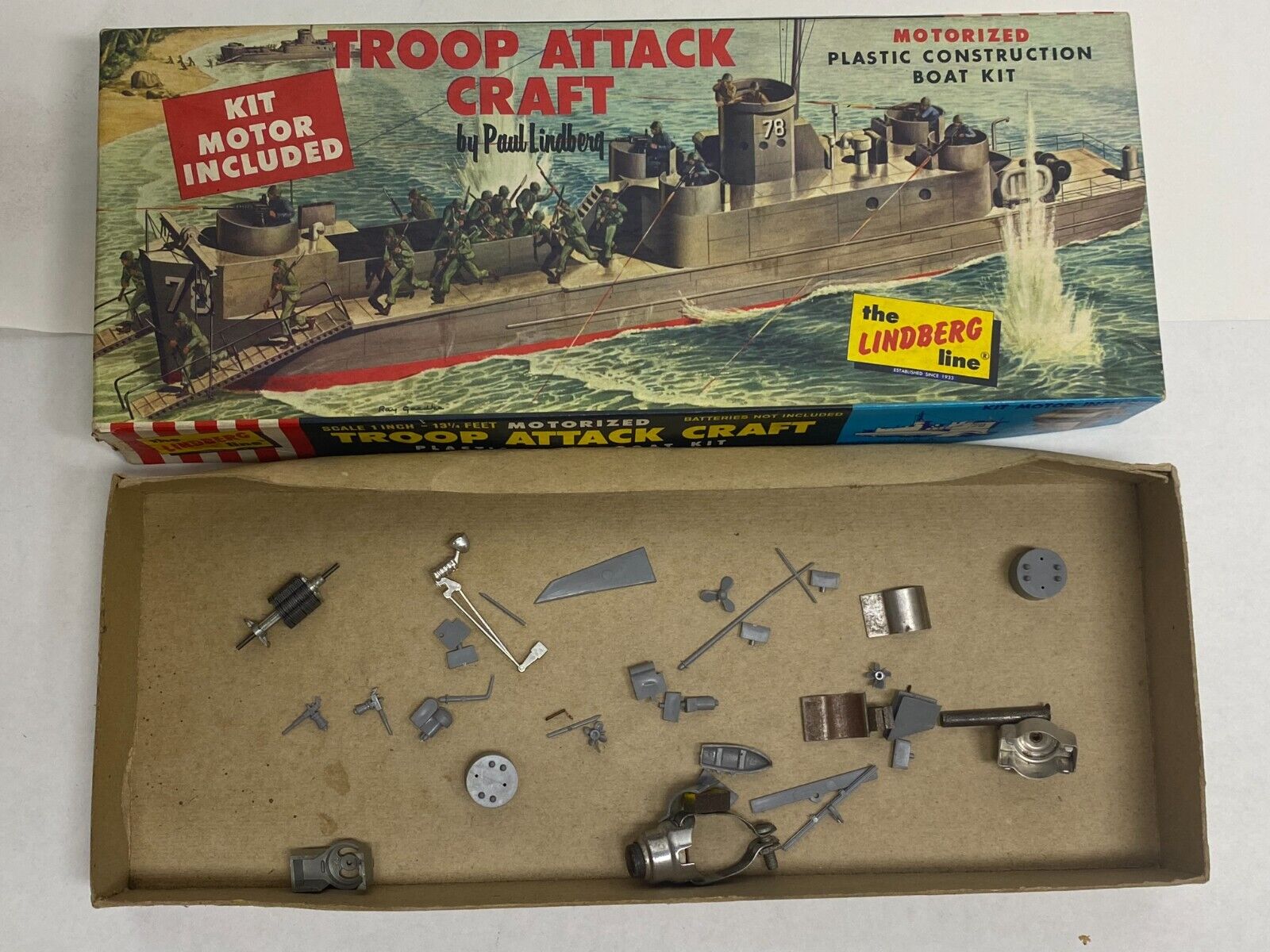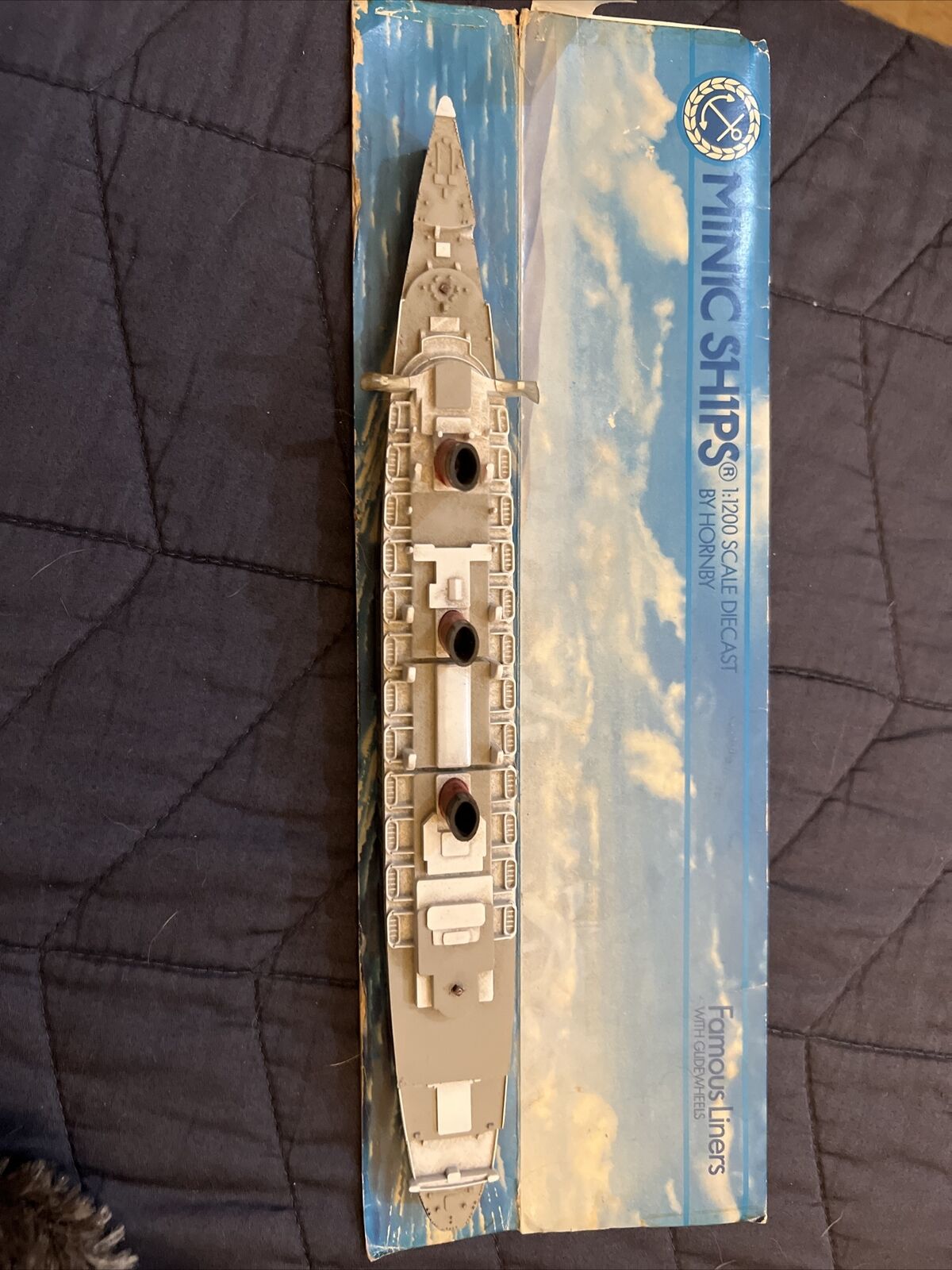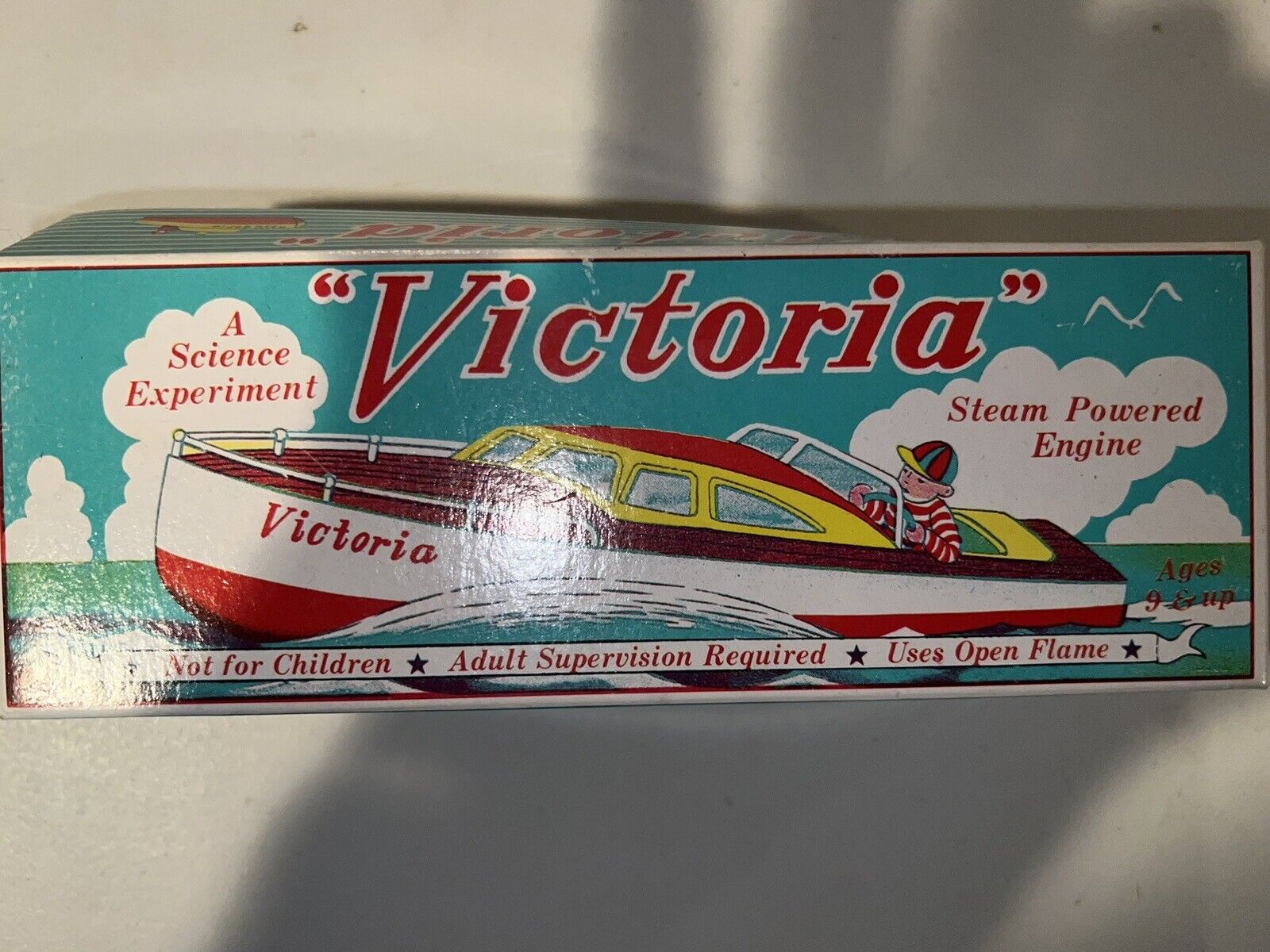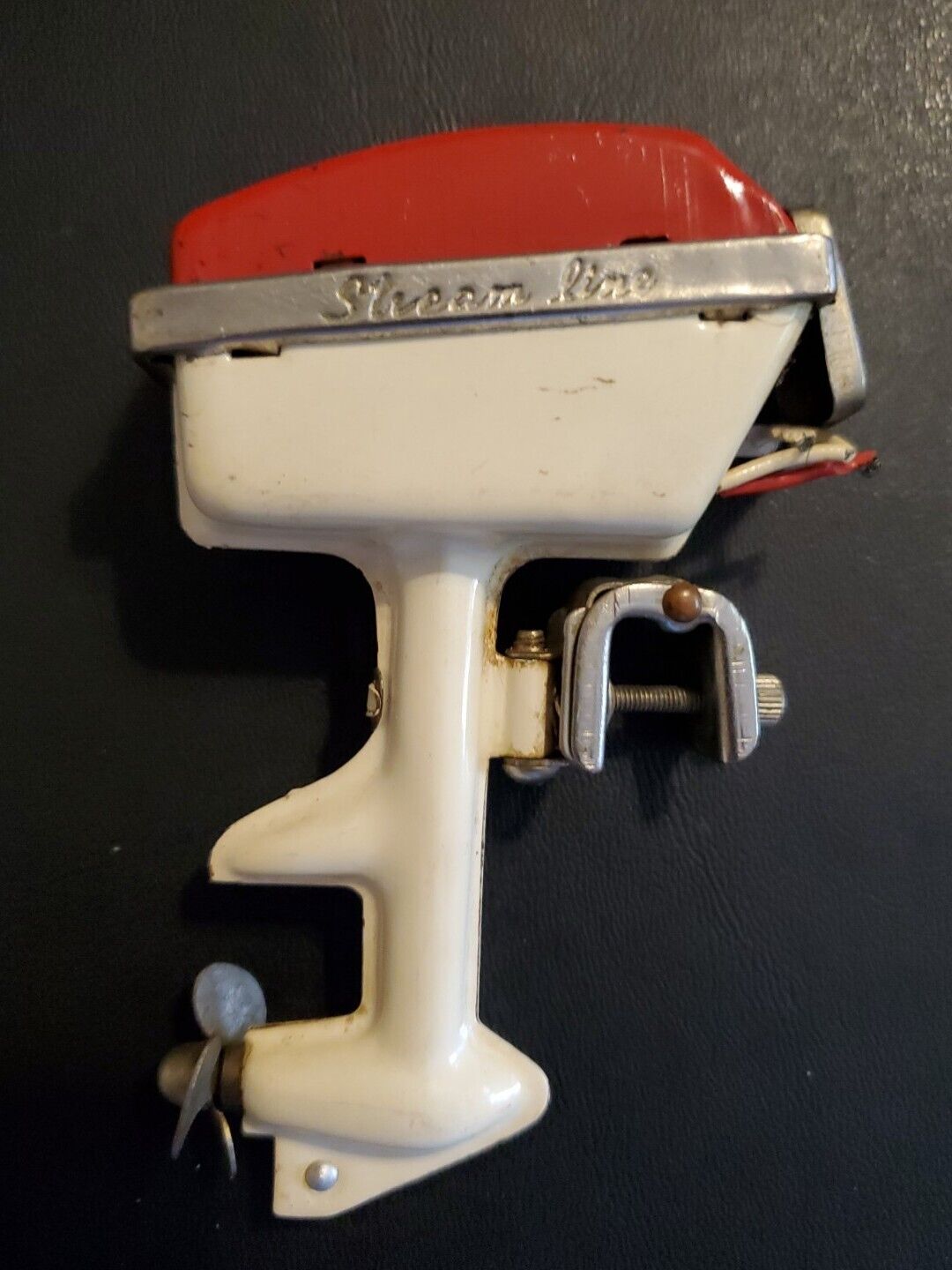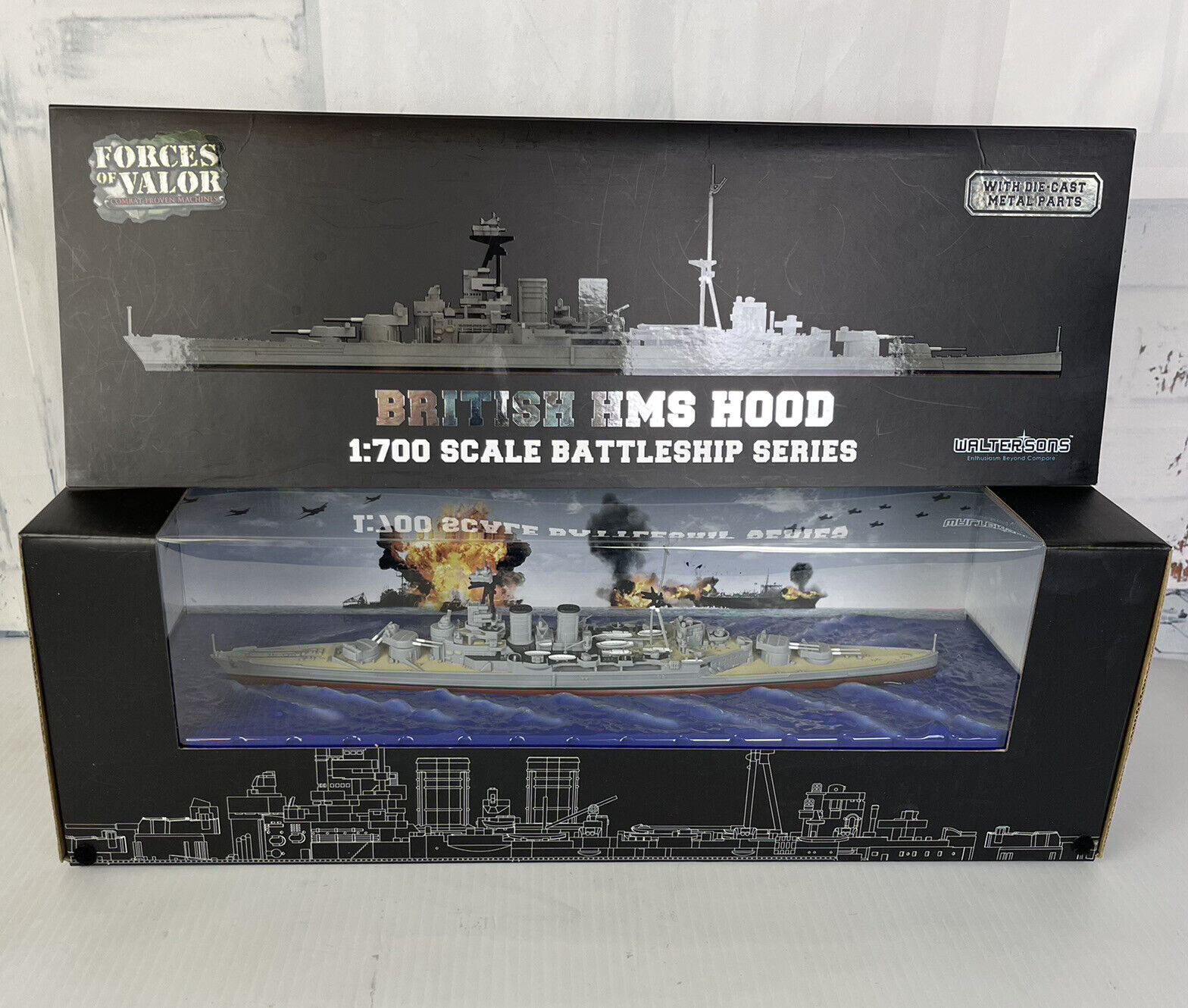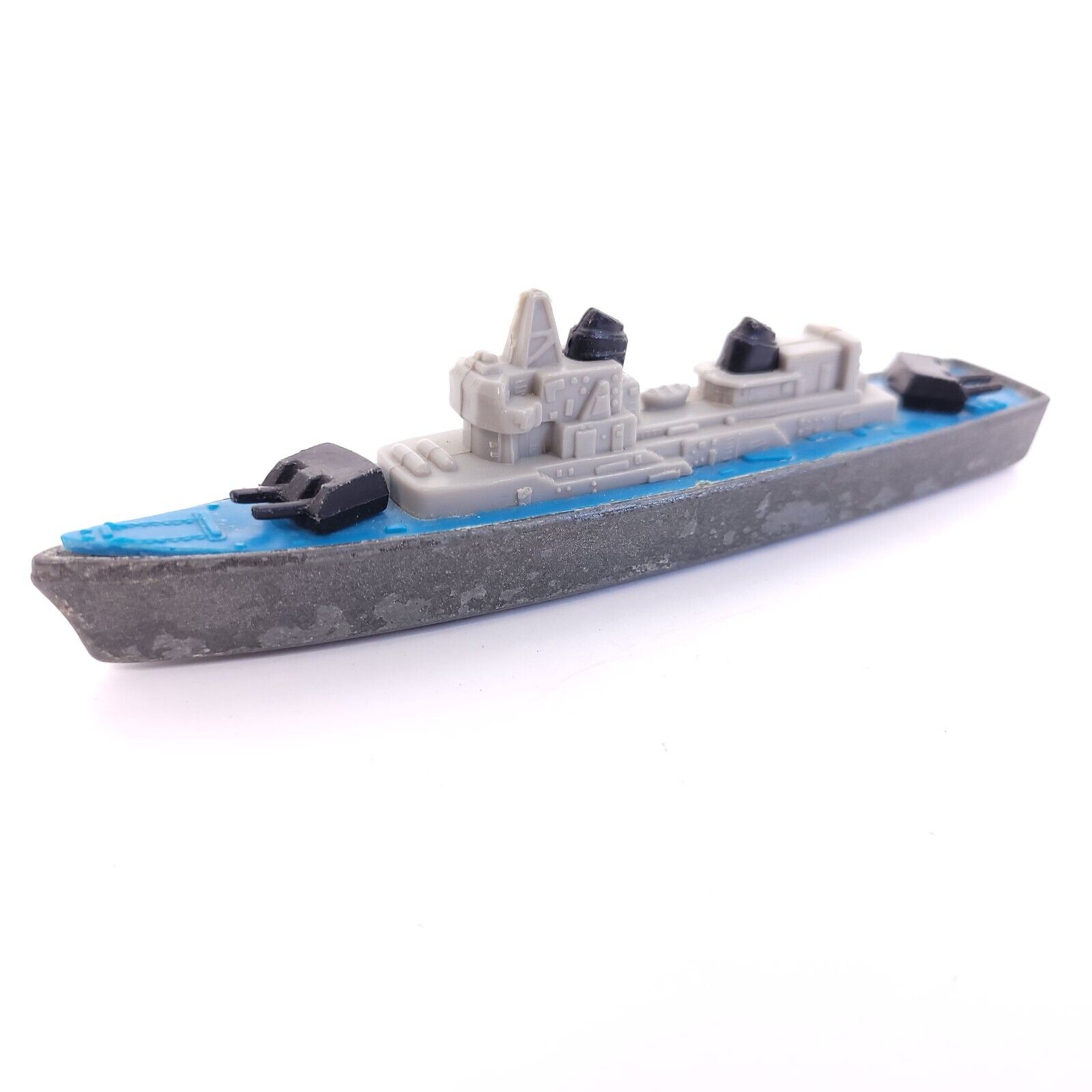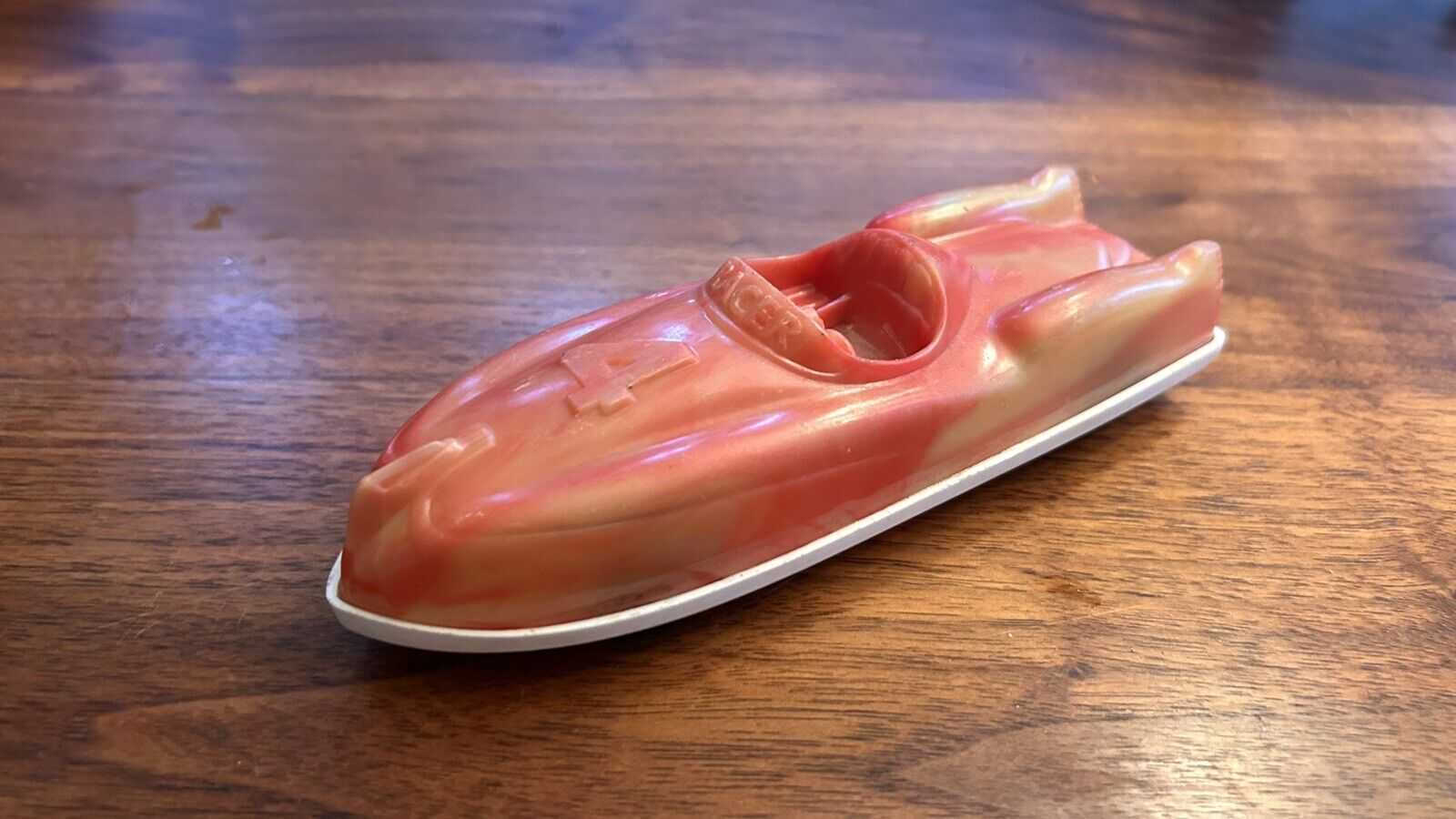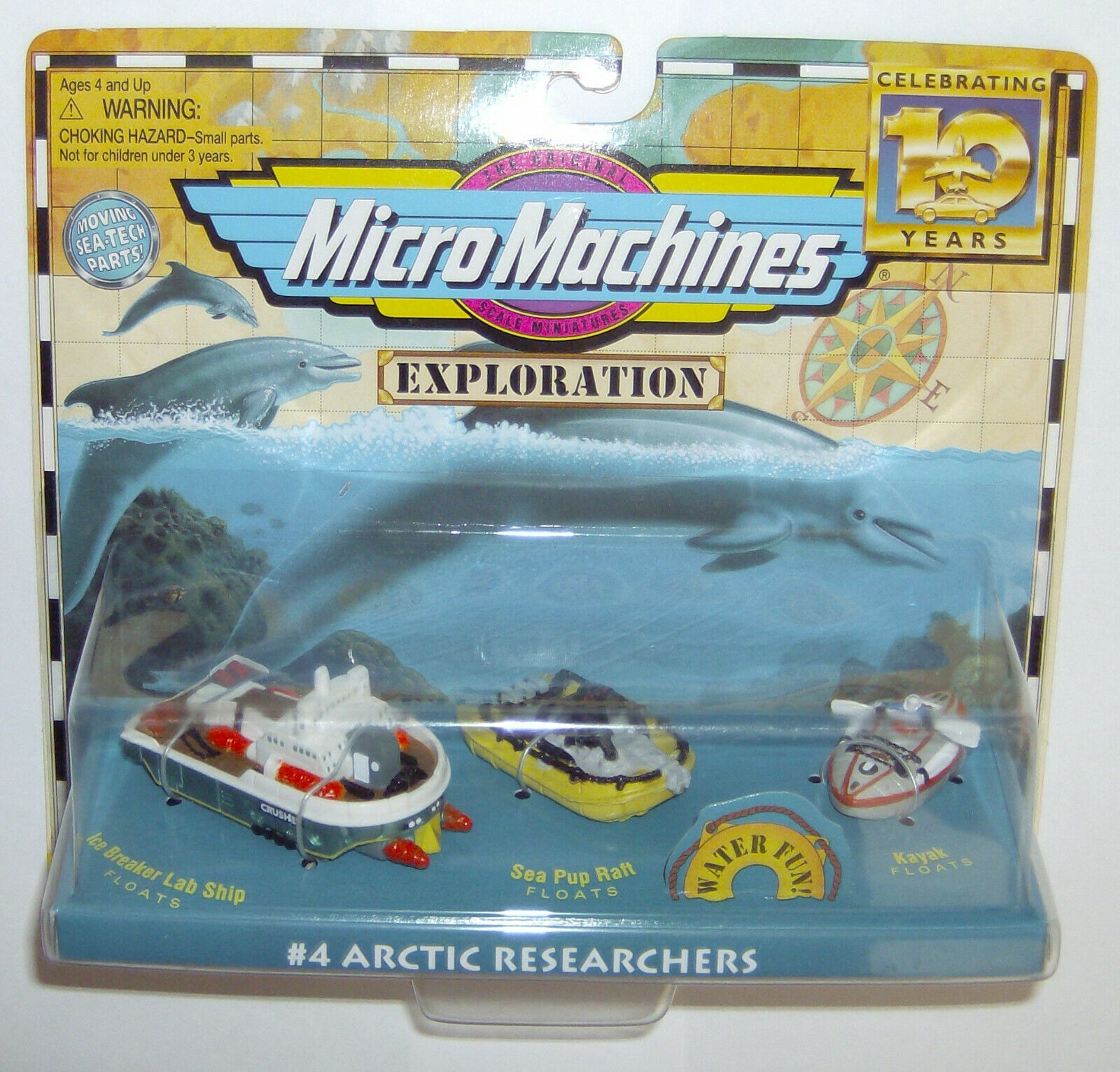-40%
USS Savannah CL 42 (Brooklyn Class
$ 15.83
- Description
- Size Guide
Description
USS Savannah (CL-42)was a
light cruiser
of the
Brooklyn-class
that served in World War II in the Atlantic and Mediterranean theatres of operation.
USS Savannah (October 1944)
History
United StatesNameSavannahNamesakeCity of
Savannah, Georgia
Ordered16 June 1933Awarded3 August 1933Builder
New York Shipbuilding Corporation
,
Camden, New Jersey
Cost,677,000 (contract price)Laid down31 May 1934Launched8 May 1937Sponsored byMiss Jayne Maye BowdenCommissioned10 March 1938Decommissioned3 February 1947Stricken1 March 1959Identification
Hull symbol
:CL-42
Code letters
:NAQL
Honors and
awards
3 ×
battle stars
FateSold for scrap 25 January 1966General characteristics (as built)
[1]
Class and type
Brooklyn-class
cruiser
Displacement
10,000 long tons (10,000 t) (estimated as design)
9,767 long tons (9,924 t) (standard)
12,207 long tons (12,403 t) (max)
Length
600 ft (180 m)
oa
608 ft 4 in (185.42 m)
lwl
Beam61 ft 7 in (18.77 m)Draft
19 ft 9 in (6.02 m) (mean)
24 ft (7.3 m) (max)
Installed power
8 ×
Steam boilers
100,000 shp (75,000 kW)
Propulsion
4 ×
geared turbines
4 ×
screws
Speed32.5
kn
(37.4 mph; 60.2 km/h)Complement868 officers and enlistedArmament
15 ×
6 in (150 mm)/47
caliber
guns (5x3)
8 ×
5 in (130 mm)/25 caliber
anti-aircraft guns
8 ×
caliber 0.50 in (13 mm)
machine guns
Armor
Belt
: 3+1⁄4–5 in (83–127 mm)
Deck
: 2 in (51 mm)
Barbettes
: 6 in (150 mm)
Turrets
: 1+1⁄4–6 in (32–152 mm)
Conning tower
: 2+1⁄4–5 in (57–127 mm)
Aircraft carried4 ×
SOC Seagull
floatplanes
Aviation facilities2 ×
stern
catapults
General characteristics (1945)
[2]
[3]
Beam
61 ft 7 in (18.77 m)
69 ft (21 m) (1944 refit)
Armament
15 × 6 in (150 mm)/47 caliber guns (5x3)
4 × twin
5 in (130 mm)/38 caliber
anti-aircraft guns
4 × quad
40 mm (1.6 in) Bofors
anti-aircraft guns
6 × twin 40 mm (1.6 in) Bofors anti-aircraft guns
12 × single
20 mm (0.79 in) Oerlikon
anti-aircraft cannons
Savannah conducted
Neutrality Patrols
(1941) and wartime patrols in the Atlantic and Caribbean (1942), and supported the invasion of French North Africa in
Operation Torch
(November 1942). She sought
German
-supporting
blockade runners
off the east coast of South America (1943), and supported the Allied landings on Sicily and at Salerno (1943). Off Salerno on 11 September 1943, a German radio-controlled
Fritz X
glide-bomb caused extensive casualties aboard and serious damage to Savannah, requiring emergency repairs in Malta and permanent repairs at the Philadelphia Naval Shipyard. After repairs and upgrades, she served in the task force that carried
President
Roosevelt
to the
Yalta Conference
in early 1945.
Savannah was in New York Harbor when the
Japanese
attacked Pearl Harbor
on 7 December 1941. She steamed that same day toward Casco Bay, Maine, and from there she steamed via Bermuda to
Brazil
, arriving at
Recife
on 12 January 1942. She joined the screen of the aircraft carrier
Ranger
, in patrolling the
Atlantic Ocean
north of Bermuda. This island became the cruiser's temporary base while she watched over
Vichy French
warships based at
Martinique
and
Guadeloupe
in the
French West Indies
. Savannah departed from
Shelly Bay
, Bermuda, on 7 June, and entered the
Boston Navy Yard
two days later for an overhaul. This was completed by 15 August. Savannah received a new commander, Leon S. Fiske, on 12 June. Savannah next steamed to readiness exercises in
Chesapeake Bay
that would prepare her for the invasion of
North Africa
.
[4]
Invasion of North Africa
Edit
USS Savannah in Algiers, 16 July 1943, near burning Liberty ships.
Savannah became a unit of
Admiral
H. Kent Hewitt
's Western Naval Task Force which would land some 35,000 Army troops and 250 tanks at three different points on the Atlantic coast of
French Morocco
. As part of the Northern Attack Group, commanded by
Rear Admiral
Monroe Kelly, Savannah departed from Norfolk on 24 October 1942, and then rendezvoused with the Western Naval Task Force four days later at a point about 450 mi (720 km) south southeast of
Cape Race
. The Task Force, including the outer screen, covered an area approximately 20-30 mi (30–50 km), making it the greatest warship fleet to be sent out by the
United States
up to that time. Shortly before midnight on the night of 7 – 8 November 1942, three separate task groups closed in on three different points on the Moroccan coast to begin
Operation Torch
.
[4]
Savannah's Northern Attack Group was to land
Brigadier General
Lucian K. Truscott
's 9,099 officers and men, including 65 light
tanks
, on five widely separated beaches on either side of
Mehedia
. Their objectives were the
Port Lyautey
city and its all-weather airfield, the Wadi Sebou, and the
Salé
airfield.
[4]
On the morning of 8 November 1942, Savannah commenced firing against Vichy guns near the
Kasbah
, which had been firing on the Army troop's landing boats. She also temporarily silenced a battery which had opened up on the
destroyer
Roe
, enabling her to avoid a disaster. By the next morning, Savannah's 6 in (150 mm) guns had scored a direct hit on one of the two 5.4 in (140 mm) artillery guns in the fortress of Kasbah and had silenced the other.
[4]
During that same day, Savannah's scout planes started a new phase of warfare by successfully bombing some tank columns with their
depth charges
, whose fuses had been set to detonate on impact. The scout planes, maintaining about eight hours of flight time daily, struck at other shore targets, and they also kept up
antisubmarine patrols
. Savannah's warplanes located an enemy battery that had been firing on the destroyer
Dallas
, and eliminated the battery with two well-placed depth charges.
[4]
This action aided Dallas in winning the
Presidential Unit Citation
for safely landing a
U.S. Army
Raider Battalion on the obstacle-strewn Wadi Sebou, just off the airport near Port Lyautey.
[4]
Savannah's scout planes again bombed and strafed enemy tanks on the Rabat Road on the morning of 10 November 1942. Throughout this day, her gunfire aided the Army's advance. Hostilities fittingly ended on Armistice Day, 11 November. Four days later, Savannah headed for home, and she reached Norfolk on 30 November. After brief repairs following her combat missions, at New York City, Savannah steamed on 25 December to join the U.S. Navy's
South Atlantic Patrol
, arriving at
Recife, Brazil
, on 7 January 1943.
[4]
Robert W. Carey
was named commander on 17 February.
[5]
South Atlantic patrol
Edit
Savannah's primary mission off Brazil was the destruction of any Nazi German blockade runners spotted in the South Atlantic Ocean. Teamed with the new U.S. Navy
escort carrier
Santee
, plus a screen of destroyers, Savannah put to sea on 12 January 1943 on a long patrol that resulted in no combat with the enemy. Savannah went back into Recife Harbor on 15 February, and next, she steamed out again to search for blockade runners on the 21st. On 11 March 1943, she left the task group along with
Eberle
to investigate a ship that had been sighted by an aircraft from Santee.
[4]
Kota Tjandi, a former Dutch ship called Karin by her
Kriegsmarine
crew, was brought to a halt by shots fired across her bow by the two American warships. Just as a boarding party from Eberle arrived alongside, powerful time bombs, planted just before Karin's lifeboats got underway, exploded. Eleven sailors of the boarding party were killed, but one of Savannah's boat rescued three men from the water. Savannah took 72 German sailors on board, and quartered them below decks as
prisoners-of-war
.
[4]
Savannah returned to
New York Harbor
on 28 March 1943, where she was overhauled in preparation for her next assignment in the
Mediterranean Sea
.
[4]
Invasion of Sicily
Edit
Main article:
Amphibious Battle of Gela
Savannah departed from Norfolk on 10 May 1943 to protect Army troop transports en route to
Oran
,
Algeria
. She arrived there on 23 May, and then began preparing for
Operation Husky
, the
amphibious landings
on the southern coast of
Sicily
near
Gela
. The cliffy coast there was topped by heavy coastal defense batteries, and no landing place could be found besides a 5,000 yd (4,600 m) stretch of shore about 1 mi (2 km) east of the mouth of the
Gela River
. Poised on the plateau above the beach was the
Luftwaffe
's
Hermann Göring Division
, ready to strike back against any amphibious landing,
[4]
along with other German and Italian troops.
Savannah provided
naval gun
fire support to the American
1st Infantry Division
's
"Rangers"
before dawn on 10 July 1943. As soon as the first light of dawn appeared, Savannah launched two scout planes. Luftwaffe
Messerschmitt Bf 109s
intercepted them, with fatal results.
Lieutenant
C. A. Anderson was killed in flight, although his radioman, Edward J. True, was able to land the riddled plane on the sea. He was picked up shortly after their airplane sank into the sea. Three of the Savannah's four scout planes were shot down on that day.
[4]
On the morning of 11 July 1943, Savannah was the first warship to respond to a call for naval gunfire at two points on a road leading into Gela. She knocked out several tanks before shifting her fire to the Butera road to aid advancing American
infantry
soldiers. Soon friend and foe became so enmeshed in the battle, that her naval gunfire could no longer intervene. Savannah destroyed more tanks later in the afternoon, however, and next she finished out the remaining hours of daylight by helping the Army Rangers in repelling an Italian infantry attack.
[4]
The next morning, Savannah supported the Army troops with more than 500 rounds of six-inch shells as they advanced toward Butera. That day, Savannah's doctors and hospital corpsmen also gave medical care to 41 wounded infantrymen, while the warship bombarded enemy troop concentrations far inland, and also shelled their artillery batteries high in the hills.
[4]
On 13 July 1943, Savannah had but one call for naval gunfire support. She answered by hurling several salvos on the hill town of Butera. Before the 1st Infantry Division pressed on into the interior, it thanked Savannah for crushing three infantry attacks and silencing four artillery batteries, as well as for demoralizing the Italian troops by the effect of her fire. On the next day, Savannah steamed towards Algiers.
[4]
Savannah returned to Sicily on 19 July 1943 to support the American
7th Army's
drive along the eastern and northern coasts of Sicily. On 30 July, carrying the pennant of Rear Admiral
Lyal A. Davidson
, Savannah arrived at
Palermo
Harbor on the north coast of Sicily to provide daily fire support. Her guns helped to repel enemy aircraft raiding the harbor from 1–4 August. On 8 August, her task force supported the landing of the 30th
Regimental Combat Team
, including army artillery and tanks, on a beach nine miles east of
Monte Fratello
.
[4]
Invasion of Salerno
Edit
Turret #3 of Savannah is hit by a German
Fritz-X
radio-controlled bomb, while supporting Allied forces ashore during the Salerno operation, 11 September 1943
Evacuating casualties from No. 3 turret
11 September 1943 logbook entry for Turret #2, adjacent Turret #3 which was struck. The entry indicates that gas filled Turret #2 and that 35 men and the turret officer were killed, only five men escaping.
[6]
Savannah returned to Algiers on 10 August 1943 in order to train with U.S. Army troops for the
Operation Avalanche
amphibious landings to be made at
Salerno, Italy
. Leaving Mers-el-Kebir Harbor, Algeria, on 5 September, her Southern Attack Force entered
Salerno Bay
a few hours before midnight of the 8th.
Savannah was the first American ship to open fire against the German shore defenses in Salerno Bay. She silenced a railroad
artillery
battery with 57 rounds, forced the retirement of enemy tanks, and completed eight more fire support missions that day. She continued her valuable support until the morning of 11 September 1943, when she was put out of action.
[4]
A radio-controlled
Fritz X
PGM
gravity bomb had been released at a safe distance by a high-flying German warplane and it exploded 49 ft (15 m) distance from
Philadelphia
. Savannah increased her speed to 20 kn (23 mph, 37 km/h) as a
KG 100
Dornier Do 217 K-2
bomber approached from out of the sun. The
USAAF
's
P-38 Lightnings
and Savannah's
anti-aircraft
gunners, tracking this warplane at 18,700 ft (5,700 m), failed to stop the Fritz X bomb, trailing a stream of smoke. The bomb pierced the armored turret roof of Savannah's No. 3 gun turret, passed through three decks into the lower
ammunition
-handling room, where it exploded, blowing a hole in her
keel
and tearing a seam in the cruiser's port side. For at least 30 minutes, secondary explosions in the turret and its ammunition supply rooms hampered firefighting efforts.
[4]
Savannah's crew quickly sealed off flooded and burned compartments, and corrected her list. With assistance from the salvage tugs
Hopi
and
Moreno
, Savannah got underway under her own steam by 1757 hours and steamed for
Malta
.
[4]
Savannah lost 197 crewmen in this German counterattack. Fifteen other sailors were seriously wounded, and four more were trapped in a watertight compartment for 60 hours. These four sailors were not rescued until Savannah had already arrived at
Grand Harbor
,
Valletta, Malta
, on 12 September.
After emergency repairs were completed, Savannah departed Malta on 7 December 1943, bound for the Philadelphia Naval Shipyard by way of
Tunis
,
Algiers
, and Bermuda. She arrived at the Naval Yard on 23 December and underwent heavy repair work for the next eight months. During this period her forward superstructure was remodeled, 4 dual mount 5"/38 caliber turrets replaced her eight single open-mount five-inch
naval guns
and a new set of up-to-date 20 mm and 40 mm
antiaircraft guns
were installed.
[
In addition to the new gunnery fit she also received new air-search and surface-search gunnery radars. After this refit she more resembled her half sister
St Louis
, than her Brooklyn-class sister ships.
[
citation needed
]


